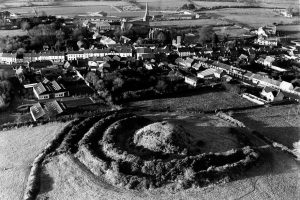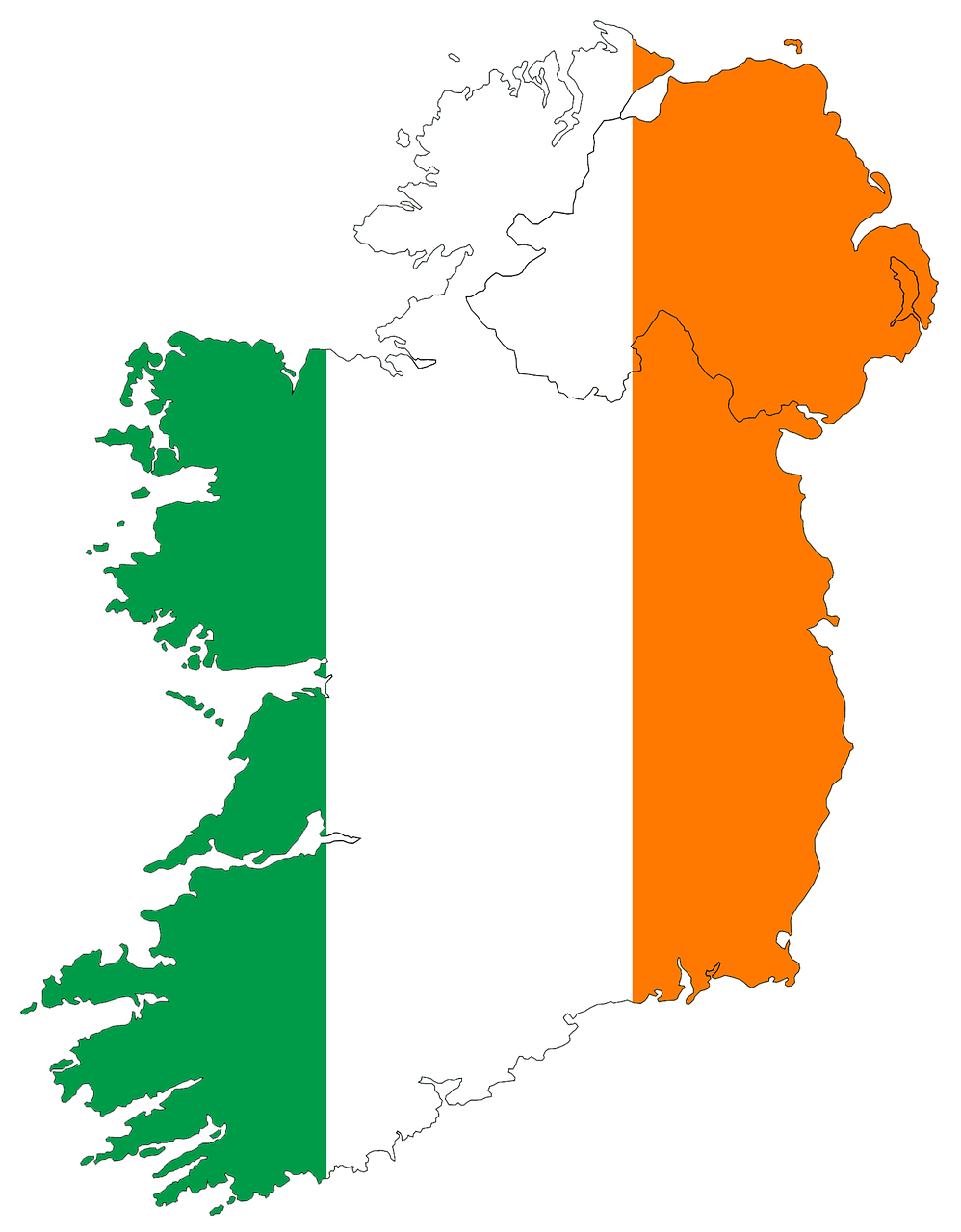
Kilfinane Community Council was delighted to learn this week that itsapplication to have Kilfinane Motte included in the Heritage Council Adopt a Monument Scheme has been successful. Kilfinane Motte is one of seven monuments in the country to be included, and the CommunityC thanked Amanda Slattery of Ballyhoura Development for assisting them in their application. A motte is described as a mound forming the site of a castle or camp, and the large Anglo-Norman motte in Kilfinane appears to stand on the site of a significant early medieval ringfort. Kilfinane Community Council wishes to develop an understanding of the archaeology and heritage through survey and geophysics, to better promote and protect this important monument for future generations.
Speaking about the sites chosen, Ian Doyle, Head of Conservation at the Heritage Council said, “While it was originally planned to have just four new sites join the scheme, we received over 50 applications from community groups across Ireland. The energy and enthusiasm of the seven groups shortlisted made it impossible to choose between them. Each of the sites are unique and represent important aspects of Ireland’s heritage. We are really looking forward to working with the community in each area to uncover the stories of their local archeological and heritage site,” added Doyle.
The six other sites chosen include Kilbarron Castle, Co. Donegal, Mountbellew Walled Garden, Co. Galway, St. Molaing’s Millrace, St. Mullins, Co. Carlow, Old St. Peter’s Church, Portlaoise, Earlshill Colliery and Powder-house, Slieveardagh, Co. Tipperary, and Knockboy Medieval Parish Church, Co. Waterford.
The Adopt a Monument Scheme offers communities expertise, mentoring and support to help them to care for their local heritage, work collaboratively to develop and understand the story of their locality. The scheme first began in 2016 with six community groups ‘adopting’ their local monuments, with mentoring, training and specialist expertise provided by the Heritage Council and experts from Abarta Heritage. “The seven sites chosen for 2017 will benefit from extensive training, mentoring and specialist advice. One of the key components of the scheme, and one which makes it so unique, is the development of positive partnerships between communities and heritage specialists, which helps to ensure the sustainable future of their monuments,” added Doyl





